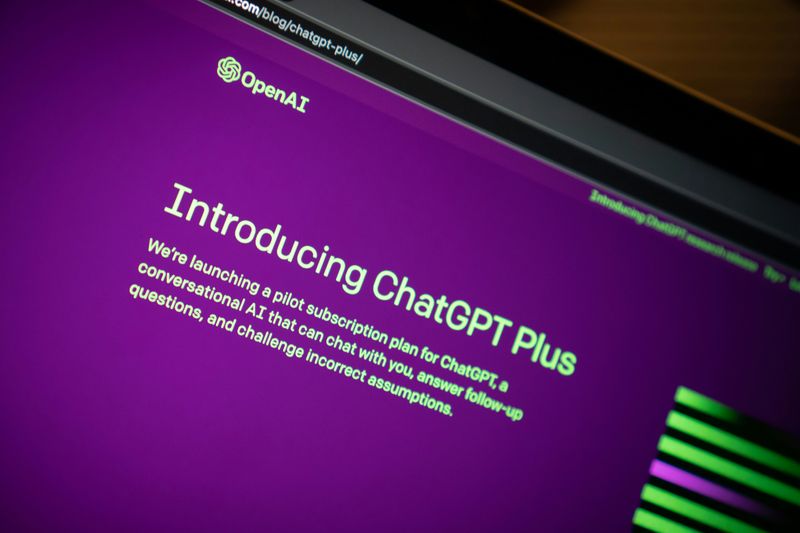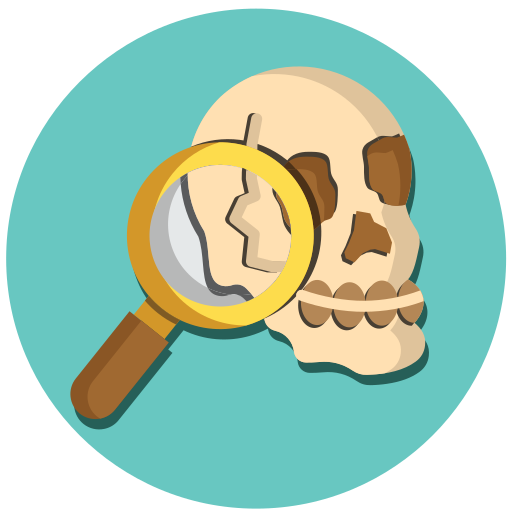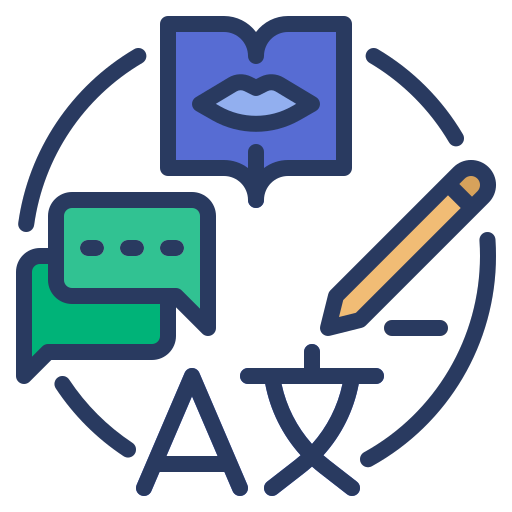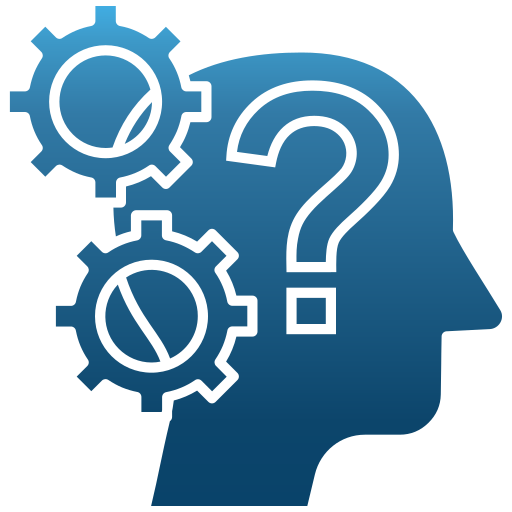
This logo isn't an ad or affiliate link. It's an organization that shares in our mission, and empowered the authors to share their insights in Byte form.
Rumie vets Bytes for compliance with our
Standards.
The organization is responsible for the completeness and reliability of the content.
Learn more
about how Rumie works with partners.
Imagine unlocking the secrets of ancient civilizations, understanding how humans evolved, or discovering the power of language in shaping cultures — all from your screen.
 Photo by Jonathan Kemper on Unsplash
Photo by Jonathan Kemper on UnsplashWith ChatGPT, exploring anthropology becomes an exciting journey where you can ask anything and dive right into what fascinates you. Ready to learn about anthropology in a whole new way? Here’s how to make ChatGPT prompts your anthropological guide!
Meaning and relevance of anthropology in modern day
Anthropology studies the cultures, histories, physical traits, and languages of human beings. It has four branches: cultural, archaeological, biological, and linguistic. By combining them, anthropologists get a fuller picture of human life across time and places.
 Photo by sydney Rae on Unsplash
Photo by sydney Rae on UnsplashAnthropology helps us:
understand and respect different cultures, histories, and ways of life.
view the world from various perspectives.
solve global issues and foster a more connected society.
Overview of ChatGPT and its significance to learning
ChatGPT is an AI tool that answers questions, explains tough concepts, and sparks new ideas. You type a question or prompt, and it responds with helpful information and examples. It’s like a digital assistant that’s available anytime to help.

Anyone can use ChatGPT: students, teachers, curious learners, and even professionals. Whether you’re studying, working on a project, or just exploring a topic for fun, ChatGPT makes learning easier and more accessible.
Why should you consider using ChatGPT to learn anthropology?
ChatGPT gives quick, clear answers to your anthropological questions, making it easier to understand complex topics.
Explore specific areas you’re curious about, like ancient tools or civilizations,
ChatGPT is available anytime, and you can learn with ease.
How can you use ChatGPT prompts to learn?
A prompt is a question or request you type to get information or start a conversation with ChatGPT.
Ask or prompt clear questions about what you want to learn.
The clearer your prompt, the better the answer you’ll get.
Tips for effective prompting for any topic
Start with a clear ChatGPT prompt on what you want to know.
Use detailed phrasing, like “examples” or “steps,” if you need specific info or instructions.
Ask follow-up questions if needed, like “Can you simplify that?” to clarify or expand on answers.
This approach helps you get useful, easy-to-understand responses from ChatGPT prompts!

Examples of effective ChatGPT Prompts anthropology branches

ChatGPT prompts for biological anthropology
Step 1: Begin with the basics.
Start by asking: “What is biological anthropology?” to focus on human evolution and biology.
Step 2: Dive into human evolution.
Learn about our origins by prompting, “Can you explain the main stages of human evolution?”
Step 3: Explore key topics.
Ask about essential subjects: “What do biological anthropologists study about human genetics?” or “How do they research human health differences?”

ChatGPT prompts for linguistic anthropology
Step 1: Start with the basics.
Begin by asking, “What is linguistic anthropology?” to understand its focus on language and culture.
Step 2: Explore key concepts.
Dive deeper by asking, “What’s the connection between language and cultural identity?”
Step 3: Discover real-world examples.
Make it relatable by asking, “Can you share examples of how language affects social relationships?”
Test your knowledge

John, a curious anthropology student, wants to delve deeper into the intricate tapestry of human cultures. Which of the following ChatGPT prompts would best help him unravel the threads that connect and distinguish different societies?
A. "Discuss the impact of globalization on traditional cultural practices."
B. "Analyze the effects of migration on cultural diversity and identity."
C. "Examine the role of cultural exchange in the evolution of art and music."
D. "Explore the relationship between language and cultural identity."
Quiz
Which of the following prompt would best give John the appropriate response?
The prompt B directly addresses the interaction and influence between cultures, as it focuses on the dynamic process of migration and its impact on cultural diversity and identity.
Bear in mind when learning with ChatGPT
 Photo by Andrew Neel on Unsplash
Photo by Andrew Neel on UnsplashChatGPT prompts might give quick answers, but these answers don’t always provide in-depth information on complex topics.
ChatGPT may occasionally offer outdated or incorrect information, so it’s important to double-check facts.
Unlike a teacher, ChatGPT can’t read emotions or adapt explanations based on your reactions.
ChatGPT lacks real-world experience, so it may not provide the personal examples that experts or teachers might share.
Take Action

As powerful as ChatGPT is, it could be frustrating if you lack good prompting skills. Keep learning and you'll have a better result and experience.
This Byte has been authored by
Kayode Orolade
Research Assistant
M.A Educational Tech